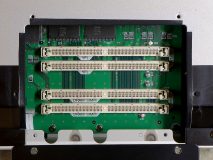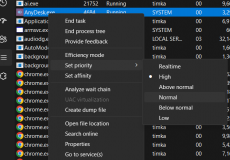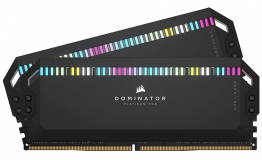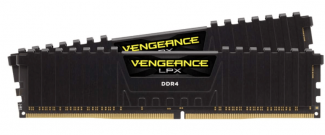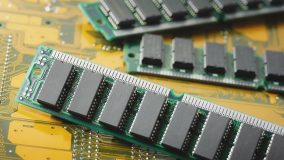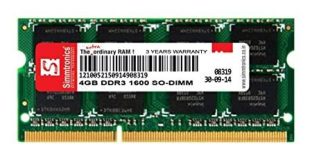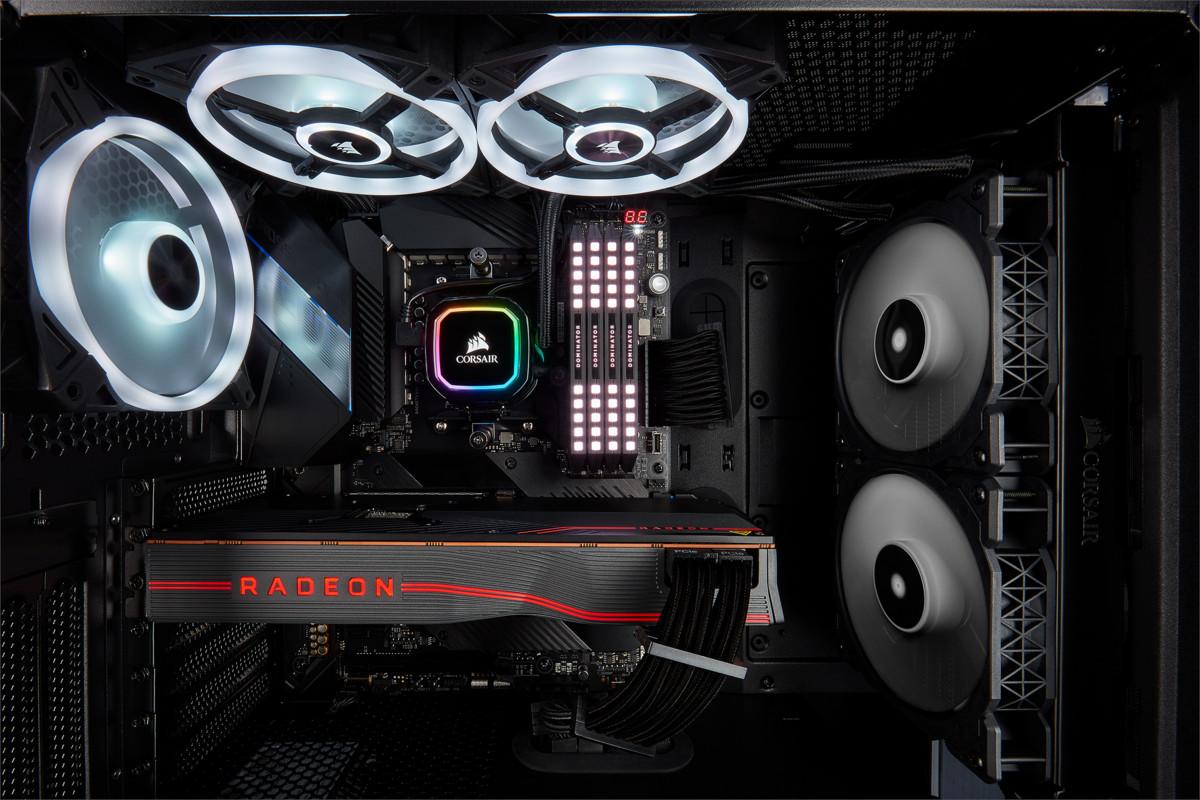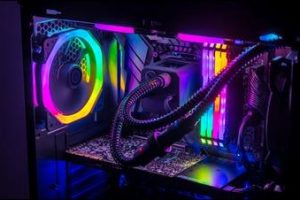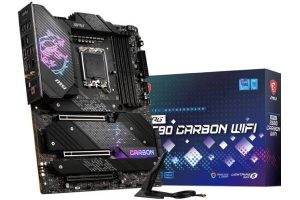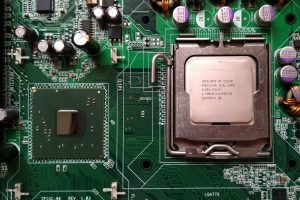When building a PC, it should be quite essential to check out the correct order that you should install the AIO cooler in. One of the major questions is to check if you should install AIO Cooler before the motherboard or vice versa. The primary answer to this question is IT DEPENDS.
When it comes to installing AIO before the motherboard or before, most of the time you do not have a choice. In the case where you have a choice, you should install the cooler first and then install the motherboard. It would be the ideal case with the mid-towers.
How to Install AIO Cooler?
When installing the AIO cooler, there are a few specific steps that you are expected to follow. Let us try to understand how to install the AIO cooler.
Ensure the following prerequisites for the best security
Check all the product contents
The AIO cooler consists of several components apart from the cooler itself. These parts would include brackets, screws, and of course, cables. The first thing that you would need to check is to check the manual and ensure that all the parts are available in the box.
The locations that you can install AIO cooler
The AIO cooler can be installed at multiple locations. The first question you are likely to have is where to install the AIO cooler and how to install it. The fans on the water cooling row should be taken care of. It is quite important to focus on the front and back sides of the fan before you would install the AIO cooler.
Here are the steps that are involved in how to install the AIO cooler:
Step 1: Install the fan to the water cooling row
Install the fan properly on the water cooling row. The direction of the fan is one of the essential elements that you need to focus on. Confirm the proper direction for installing the fan in the water cooling row.
Step 2: Install the water cooling row into the case
Align the water cooling row inside the top of the case. Make sure that you are using the appropriate screws from your package and then use them for screwing the water cooling row.
Step 3: Install water block
The next step is to install the water block. Make sure that the correct bracket has been used for the block. You may need to flip the motherboard for installing the AIO cooler.
Step 4: Install the wires properly
Once the AIO cooler has been installed onto the case, the next step is to complete the wiring for the AIO cooler. Make sure that you have understood the functioning of each of the wires and connect them as per their functionality.
These are the best options to help you in terms of how to install a liquid CPU cooler.
Types of Liquid Cooler Installations That You Can Install
Now that we have found much about the AIO cooler or liquid cooler, it is a good option to understand the different types of Liquid cooler installations. There are several types of liquid cooling options, but the basic types are AIO Coolers and Custom cooling solutions.
AIO Coolers
AIO cooler comes with a baseplate that is connected to the IHS or Integrated Heat Spreader. The IHS lets you enhance the heat transfer between the two surfaces. The metal surface of the baseplate forms part of the water block. This is designed to be filled with coolant.
The coolant will absorb the heat from the baseplate as it moves through the water block. As the coolant passes through the heat sink, the heat is transferred to the cooler liquid. The fan then radiates the heat away from the cooler.
Custom cooling systems
The custom cooling systems are a little more complicated than the AIO design. You will need to install different parts yourself and you will source them as per your individual preferences and requirements.
The loop has several components that include a radiator, fans, and tubes along with the water blocks for every component. You can customize the liquid cooling systems as per your personal preferences. In fact, this liquid cooler arrangement would require a lot of knowledge in the realm of AIO cooler.
Why The Location of Your AIO Liquid Cooler Radiator Matter?
The radiator inside the AIO liquid cooler does assume a lot of essence and importance. It is actually the heatsink on your liquid cooling system, which you would be using for cooling the system. All the liquid is routed through the radiator and the liquid is thus cooled through the attached fans before the liquid is pumped back into the CPU once again.
Most of the lifting is handled by the radiator in an AIO or other liquid cooling system. From that perspective, it is the radiator that handles most of the cooling for your components. Given the significance and importance of the radiator, you would need to be quite cautious and careful about how to install the radiator. But sadly enough, you would find the radiator installed on whichever way the mounts are made available.
This type of installation of radiator hampers the proper functioning of the radiator in particular and the cooling system in general.
It is important to choose the right tubes down or tubes up approach when installing the AIO cooler. But, do remember that there is no one design that matches all when installing a CPU cooler. You can make a choice between the tubes up and tubes down design. The choice is based on the exact requirements of your installation.
In most of the cases where you have open-air graphics cards, the right option would be to install the radiator on your AIO on the front with the tube-down layout. If you have a small PC build where you have installed blower-style graphics cards, you will find it advisable to go with the AIO installed with tubes down.
The Concluding Thoughts
If you are confused about whether to install AIO before the motherboard or after, the right option is to check the exact situation that your system comes with. You do not have a type of one sort to fit all the scenarios. You would need to analyze the individual requirements and installations, including the PC case designs that you have opted for before picking the right installation option. But, wherever possible, it is recommended to install the AIO or any cooler first and then install the motherboard.
A Few FAQs
Should I install the motherboard or liquid cooler first?
It depends on the case or cooler. But in most cases, it is advisable to install the cooler first before installing the motherboard. It would be easy to install a new cooler without the need to remove the motherboard.
Is it okay to put an AIO in the front of the case?
For a majority of the PC builds, we would recommend placing the AIO cooler in the front – especially with the tubes down in the open-air graphics cards.

